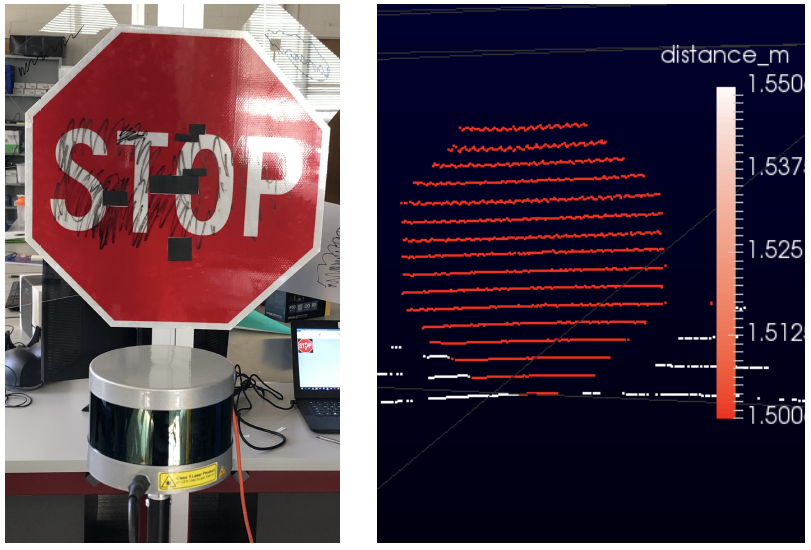Preprint
Rearchitecting Classification Frameworks For Increased Robustness
ArXiv Preprint
Varun Chandrasekaran, Brian Tang, Nicolas Papernot, Kassem Fawaz, Somesh Jha, Xi Wu
A case study and evaluation on how deep neural networks (DNNs) are highly effective but vulnerable to adversarial inputs. Contribution: implemented hierarchical classification approach that leverages invariant features to enhance adversarial robustness without compromising accuracy.
Rearchitecting Classification Frameworks For Increased Robustness
ArXiv Preprint
Varun Chandrasekaran, Brian Tang, Nicolas Papernot, Kassem Fawaz, Somesh Jha, Xi Wu
A case study and evaluation on how deep neural networks (DNNs) are highly effective but vulnerable to adversarial inputs. Contribution: implemented hierarchical classification approach that leverages invariant features to enhance adversarial robustness without compromising accuracy.
hi
